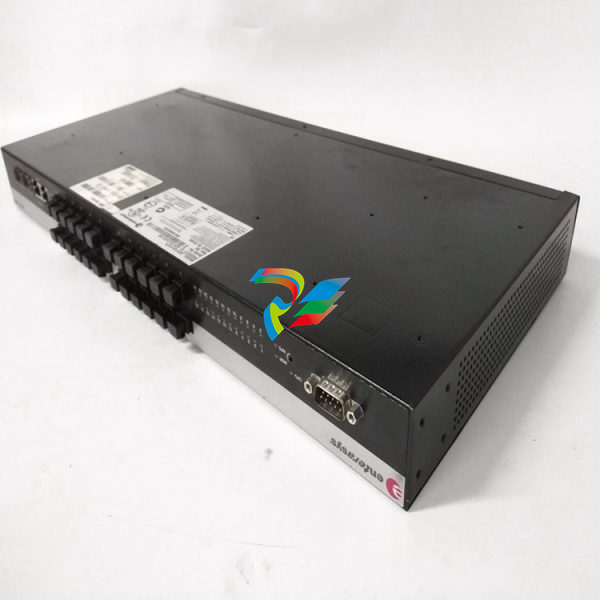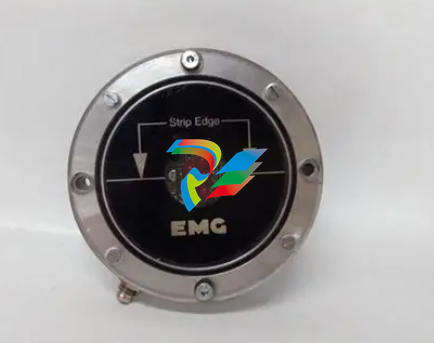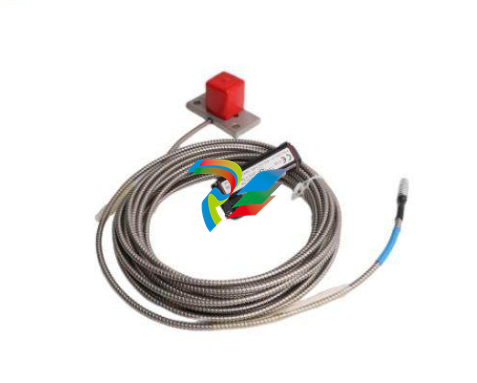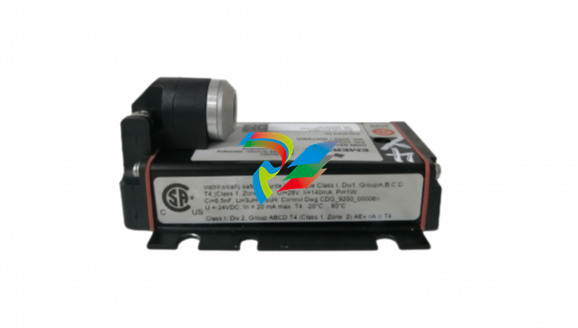
ABBDistributed busbar protection REB500 including line and transformer protection Product Guide
protection, transformer protection etc.
After the delay of the first timer has expired, a
tripping command can be applied to a second
tripping coil on the circuit-breaker and a
remote tripping signal transmitted to the station at the opposite end of the line.
This first timer operates in a stand-alone
mode in the bay unit.
If the fault still persists at the end of the second time delay, the breaker failure function
uses the busbar replica to trip all the other
feeders supplying the same section of busbar
via their bay units.
A remote tripping signal can be configured in
the software to be transmitted after the first or
second timer.
Phase-segregated measurements in each bay
unit cope with evolving faults.
End fault protection
In order to protect the “dead zone” between
an open circuit-breaker and the associated
CTs, a signal derived from the breaker position and the close command is applied.
The end fault protection is enabled a certain
time after the circuit-breaker has been opened. In the event of a short circuit in the dead
zone the nearest circuit-breakers are tripped.
This function is performed in a stand-alone
mode in the bay unit.
Overcurrent function
A definite time overcurrent back-up protection
scheme can be integrated in each bay unit.
(The operation of the function, if para-meterized, may start the local breaker failure protection scheme).
This function is performed in a stand-alone
mode in the bay unit.
Current release criteria
The current release criteria is only performed
in the bay unit. It is effective for a busbar protection trip and for an intertripping signal
(including end fault and breaker failure) and
prevents those feeders from being tripped that
are conducting currents lower than the setting
of the current release criteria.
Voltage release criteria
The voltage criterion is measured in the bay
unit. The function can be configured as
release criterion per zone through internal
linking in the central unit. This necessitates
the existence of one set of voltage transformers per zone in one of the bay units. Tripping
Distributed busbar protection REB500
including line and transformer protection
is only possible if the voltage falls short of
(U<) or exceeds (U0>) the set value.
Additionally this release criterion can be configured for each feeder (voltage transformers
must be installed). For details see Table 22.
Check zone criterion
The check zone algorithm can be used as a
release criterion for the zone-discriminating
low-impedance busbar protection system. It is
based on a stabilized differential current measurement, which only acquires the feeder currents of the complete busbar. The isolator /
breaker positions are not relevant for this criterion.
Neutral current detection I0
Earth fault currents in impedance-grounded
systems may be too low for the stabilized differential current and phase comparison functions to detect. A function for detecting the
neutral current is therefore also available, but
only for single phase-to-earth faults.
Pole discrepancy
A pole discrepancy protection algorithm
supervises that all three poles of a circuitbreakers open within a given time.
This function monitors the discrepancy between the three-phase currents of the circuitbreaker.
When it picks up, the function does not send
an intertripping signal to the central unit, but, if
configured, it starts the local breaker failure
protection (BFP logic 3).
This function is also performed in a standalone mode in the bay unit.
Event recording
The events are recorded in each bay unit. A
time stamp with a resolution of 1ms is attached to every binary event. Events are divided
into the three following groups:
• system events
• protection events
• test events
The events are stored locally in the bay unit or
in the central unit.
Disturbance recording
This function registers the currents and the
binary inputs and outputs in each bay. Voltages can also be optionally registered (see
Table 14).
A disturbance record can be triggered by
either the leading or lagging edges of all
binary signals or by events generated by the
internal protection algorithms. Up to 10 general-purpose binary inputs may be configured
to enable external signals to trigger a disturbance record. In addition, there is a binary
input in the central and the bay unit for starting
the disturbance recorders of all bay units.
The number of analog channels that can be
recorded, the sampling rate and the recording
period are given in Table 14. A lower sampling
rate enables a longer period to be recorded.
The total recording period can be divided into
a maximum of 15 recording intervals per bay
unit.
Each bay unit can record a maximum of 32
binary signals, 12 of which can be configured
as trigger signals.
The function can be configured to record the
pre-disturbance and post-disturbance states
of the signals.
The user can also determine whether the recorded data is retained or overwritten by the





























































































































